
Cimitero Monumentale (Monumental Cemetery), Northeast Milan
Carlo Maciachini built the Monumental Cemetery between 1863 and 1866. The 250,000 m2 cemetery grounds are home to an eclectic assortment of memorial headstones, sculptures and monuments.
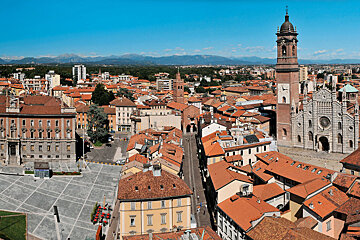
© Scoprire la Brianza

© Wikimedia

© Wikimedia
Small city north of Milan, home to the famous F1 racing track
Located just within 15 kilometres north of Milan, this big but picturesque town, the third largest in the Lombardy region, has been transformed from a mainly industrial trade centre to a popular spot for good cuisine, pretty squares and of course the F1 Gran Prix.
Monza is the capital of the newly created Monza and Brianza province, and has a booming textile industry and publishing trade. The city is crossed from north to south by the river Lambro, which features an artificial fork at its entrance built during the 14th century for defensive purposes.
Nowadays, visitors come to Monza attracted by the famous Formula 1 circuit, as well as its historical streets, the huge Monza Park, one of the largest in Europe, and its world-renowned restaurants.
The most important event in Monza is undoubtedly the Formula 1 Gran Premio d'Italia, which usually takes place at the beginning of September.
There are testimonies of the presence of humans in the area of Monza in the Bronze Age (2000 years B.C.), but its history as a town starts in the Roman era when it was called 'Modicia'. After the fall of Rome, during the reign of the Ostrogoth Theodoric in the 5th century A.D., Monza became the see of the royal palace.
However, the city's importance rose in the late 6th and early 7th century with the government of the Longobardi. Teodolinda, married to Agilulfo king of Italy, decided to move their summer residence to Monza where she built a royal palace as well as an oratory near the castle dedicated to John the Baptist in the year 595.
The town would rise to the status of capital once again in the 10th century with king Berengario, who built a fortified area and granted Monza a certain degree of independence with its own system of weights and measures. He also donated large quantities of artworks to the cathedral.
After a period of changes in the relationship between Monza and Milan in the Middle Ages, a city to which Monza has been continuously subjected and independent throughout history, it fell into the hands of the Spanish crown. Spain's dominance over Monza ended in the 18th century when it was assigned to the Austrian Habsburg house, before being conquered by Napoleonic troops.
During the 19th century, when the Italian independence wars and the unification were underway, Monza became an important industrial capital dedicated to the manufacturing of silk and cotton textile. In 1900, the city witnessed the assassination of King Umberto I at the hands of Gaetano Bresci, an anarchist who shot the monarch four times on July 29 when he was visiting Monza. A monument, the Cappella Espiatoria, has been erected in the exact spot the king was murdered.
Monza suffered under the First and Second World Wars like most of Italy. At the beginning of the 21st century, the city had 120,000 inhabitants, and in 2009 it became the capital of the newly formed province of Monza and Brianza.
The history of Monza is long and prestigious, and it has left many monuments that can now be visited. The Duomo or Basilica of San Giovanni Battista lies in the centre of the city boasting a Romanesque-Gothic style. Also medieval is the town hall or Arengario, built in the 14th century, as well as the church of Santa Maria in Strada. But perhaps Monza is best known for it huge Parco di Monza, one of the oldest and largest urban parks in Europe which contains the famous Formula 1 circuit, the Autodromo, and the 18th-century Baroque Villa Reale.

Carlo Maciachini built the Monumental Cemetery between 1863 and 1866. The 250,000 m2 cemetery grounds are home to an eclectic assortment of memorial headstones, sculptures and monuments.

The Castello Sforzesco incorporates a whole host of museums inside with exhibitions that range from prehistoric and Egyptian archaeological materials to paintings, sculptures, photographs, drawings, manuscripts, furniture, musical instruments, stamps, coins, medals and much more.

A fascinating museum primarily devoted to determining the authenticity of art objects. It includes a sophisticated science laboratory that focuses on improving methods for ascertaining if art is real or fake.
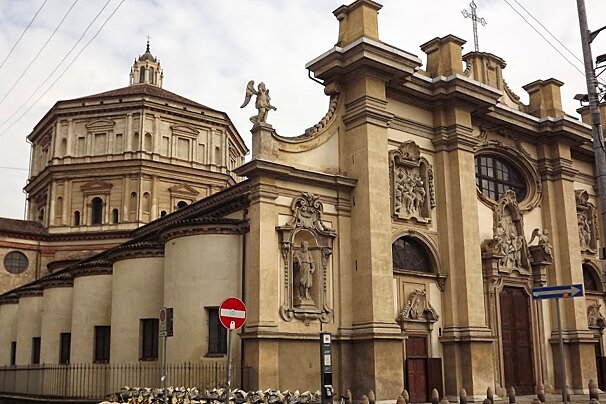
This basilica, the second largest in size after the Duomo in Milan, is an important example of Renaissance architecture. It was part of a large monastery of Lateran Canons, and the adjacent buildings now house Milan's Conservatory.

This basilica, probably dating back to the end of the 4th and the beginning of the 5th century, was largely rebuilt in the 11th and 12th centuries and again in the 16th century. It also houses a chapel - Capella Sant'Aquilino - which still features mosaics dating back to the 5th century.

This gallery is the oldest in Milan, originally founded in 1957, and initially focussed on post-war avant-garde.

Il Baretto has been running for over fifty years, delighting the great and the good of the city for half a century. The sophisticated, old English club house decor is host to a refined menu taking cues from Milanese and international cuisine.
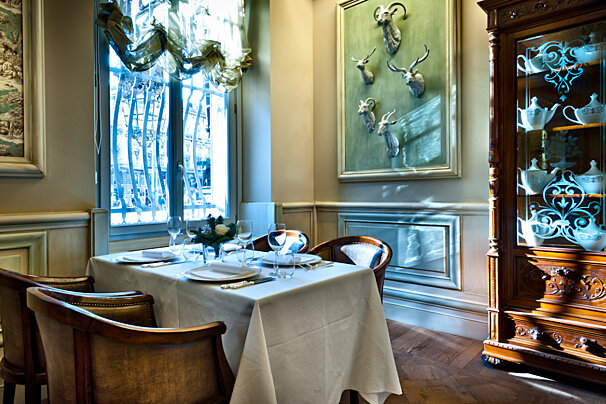
Michelin-starred experience that draws on the experimentation of the Venissa culinary approach. The enchanting decor completes the tone for dining in a very unique setting.

Located at the luxury Excelsior Gallia Hotel, this rooftop restaurant boasts a menu created under the consultancy of three-Michelin starred chefs Enrico and Roberto Cerea and the Lebano brothers. They serve modern Italian cuisine with a focus on the Lombardy region.
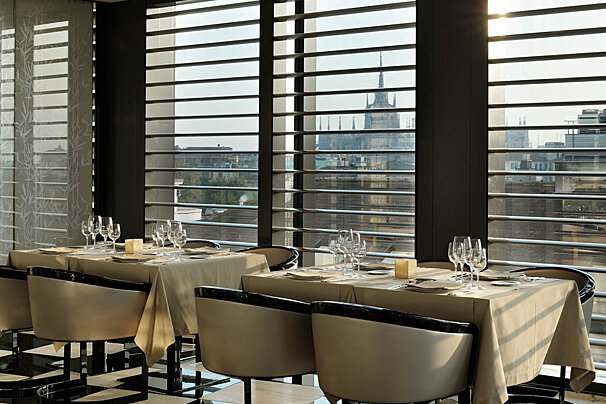
Part of the Armani Hotel Milan, this Michelin-starred restaurant takes a modern approach to classic Italian wining and dining. The stylish decor has been designed to the smallest detail by Giorgio Armani himself.

This elegant and sophisticated restaurant is located in a luxury hotel right in the heart of Milan and has been awarded a Michelin star. They serve traditional Italian dishes with innovative touches using local fresh ingredients.
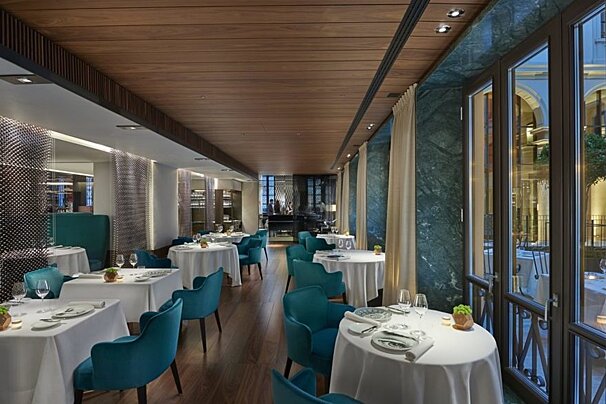
The 2-Michelin-starred Seta restaurant located in the Mandarin Oriental Milan hotel is a new kid on the block for the Milanese restaurant scene. An open-plan kitchen gives guests a peak of how the stunning dishes are prepared and a more complete experience to their choices.
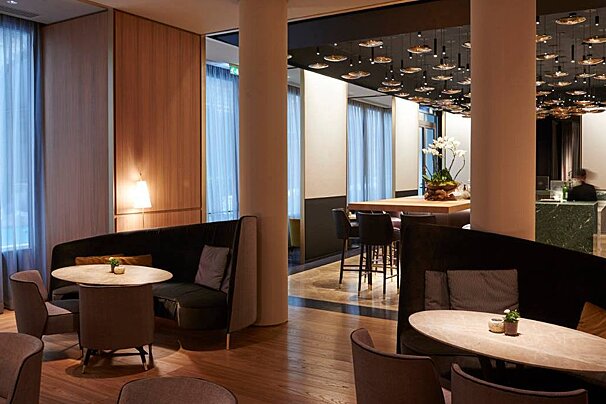
Located in the historic centre of Milan, in front of the Galleria Vittorio Emanuele II, this is one of Milan’s hottest and trendiest bars in the city at any time of the day.
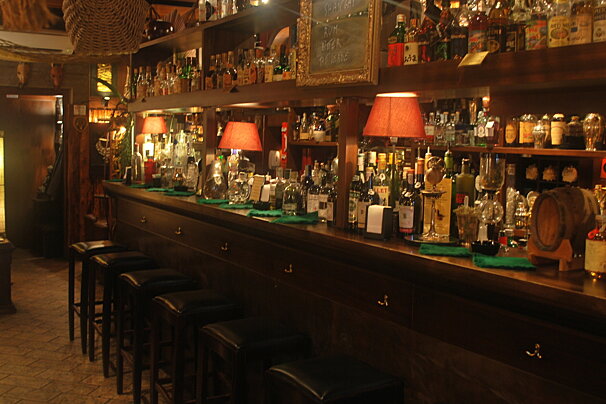
This small quirky cocktail bar has a "fusion" feel combining local furniture with Eastern, African and Caribbean styles to create a global feel.
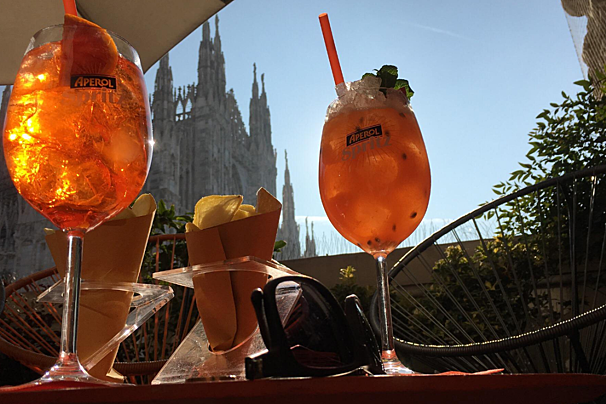
Overlooking the cathedral, this first-floor terrace is a great place for a relaxed aperitivo enjoying one of Milan's most typical drinks, an Aperol spritz.

This club was created by the famous fashion stylist Roberto Cavalli and is located within the largest city garden, Parco Sempione.
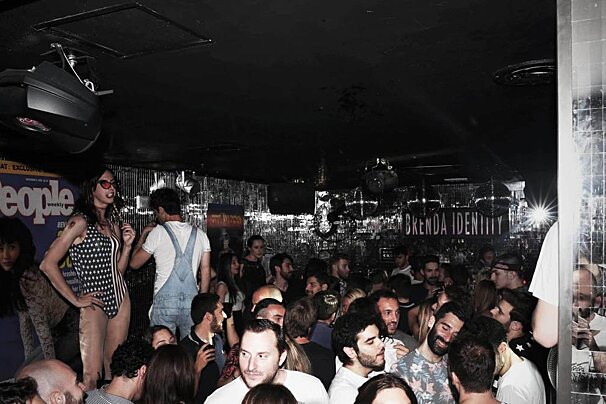
With a number of different dancefloors, and known for attracting classic 80s pop icons, this is a fashionable gay-friendly club with a selective crowd.
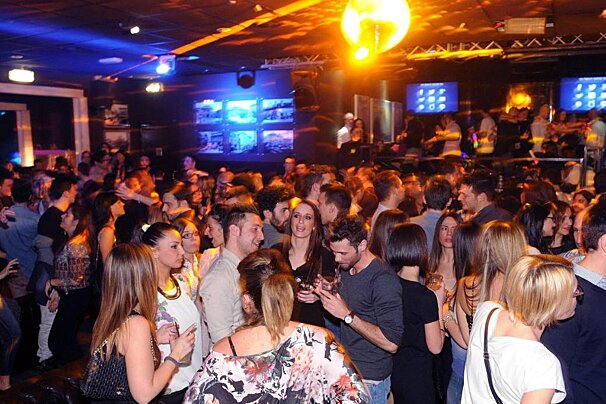
Start your evening with a large aperitivo and a cocktail at the bar, and stay for the night's event - themed parties and renowned DJs.

This large lake, on the eastern side of Milan, was originally built for Mussolini as an airport for seaplanes. Now it is a park for sporting activities and a summer meeting place. Boasting a beach, swimming pools and plenty of open space for walking and cycling as well as other team games, its bursts into life in summer and is a perfect family afternoon with a picnic on a hot day.
Being very close to Milan and well-connected to the city, Monza has a mixture of classic city hotels and business accommodation, mainly boasting 3 and 4 stars. The most traditional one is the Hotel de la Ville, an old mansion perfectly situated in front of Monza Park. You'll find more modern establishments like the Helios Hotel on the road to Milan. Monza also has a selection of budget hotels and B&Bs in the centre.
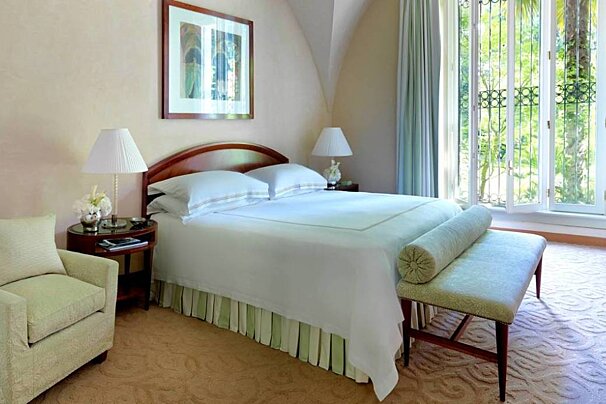
This indulgent hotel offers classical Renaissance charm, allowing you the chance to dream under the frescoes and vaulted ceilings of a former 15th-century convent. And it is located just steps from Milan's couture houses and financial district, on the exclusive Via Gesú, between Via Montenapoleone and Via della Spiga.

The Palazzo Matteotti Milano is a luxury design hotel located in the heart of Milan's fashion district.
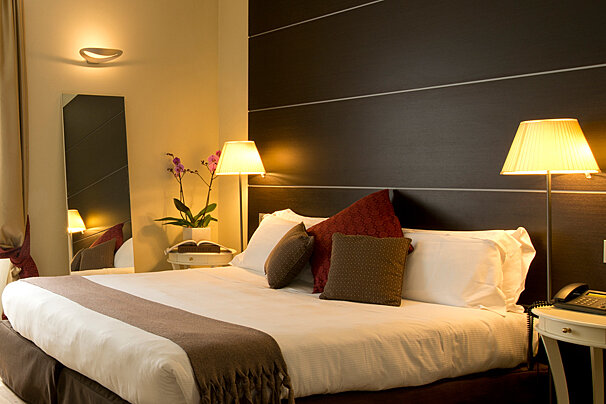
The TownHouse 31/33 Gardens and Lounges boasts a hidden garden; a peaceful oasis of exotic palms decorated with small refined tables and pretty soft chairs. From 10am-10pm guests can enjoy the intimate candle-lit atmosphere.

The Hotel Carlton is Milan's only hotel with direct access on to Via del Spiga, the glamorous centre of Milan's world-renowned shopping district. The five-star hotel provides guests with an easy escape from the trendy surroundings and take advantage of it's premier services.

Located in the heart of the action and near the city’s main museums, exclusive boutiques, fashionable hot spots and trendy night clubs, this hotel is one of the leading hotels in Milan. It is contemporary and cutting edge in style and located in one of the fashion capitals in the world.

This centrally located hotel was the first ecological hotel in Italy, designed according to bio-architectural criteria.

This company offers coach airport transfers from Orio al Serio airport to Milan central station, Malpensa airport, Bergamo and Monza.
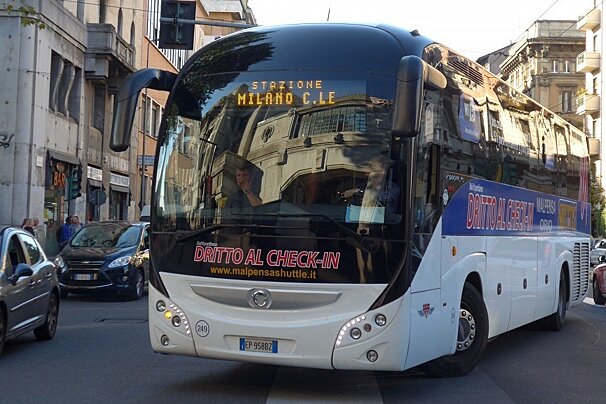
Shuttle company offering regular services from Malpensa airport to Milan central train station via Milano Fiera, as well as to Milano Fiera Rho, Linate airport, Bergamo and Monza.